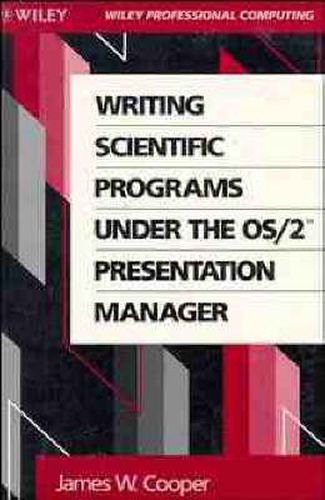Readings Newsletter
Become a Readings Member to make your shopping experience even easier.
Sign in or sign up for free!
You’re not far away from qualifying for FREE standard shipping within Australia
You’ve qualified for FREE standard shipping within Australia
The cart is loading…






This book describes the scientific applications of OS/2, IBM’s operating system for advanced PCs, especially PS/2s. The system overcomes most objections to DOS by allowing access to up to 16 megabytes of memory - and offers true multi-tasking. The book covers lab data acquisition and display of lab data and has numerous examples from working programs. The reader is taught how to write scientific applications in the C language, which take advantage of special Presentation Manager features like drop-down menus, message and dialog boxes, and the device-independent graphical programming interface. The book includes such latest techniques of PM programming as how to use multiple threads of execution within a program to run several tasks simultaneously, how to use graphical features unique to the PS/2 PM environment, how to acquire data from data acquisition cards using IOPL instructions, how to write device drivers using C or Assembler, and how to capture, display and plot data plots.
$9.00 standard shipping within Australia
FREE standard shipping within Australia for orders over $100.00
Express & International shipping calculated at checkout
This book describes the scientific applications of OS/2, IBM’s operating system for advanced PCs, especially PS/2s. The system overcomes most objections to DOS by allowing access to up to 16 megabytes of memory - and offers true multi-tasking. The book covers lab data acquisition and display of lab data and has numerous examples from working programs. The reader is taught how to write scientific applications in the C language, which take advantage of special Presentation Manager features like drop-down menus, message and dialog boxes, and the device-independent graphical programming interface. The book includes such latest techniques of PM programming as how to use multiple threads of execution within a program to run several tasks simultaneously, how to use graphical features unique to the PS/2 PM environment, how to acquire data from data acquisition cards using IOPL instructions, how to write device drivers using C or Assembler, and how to capture, display and plot data plots.